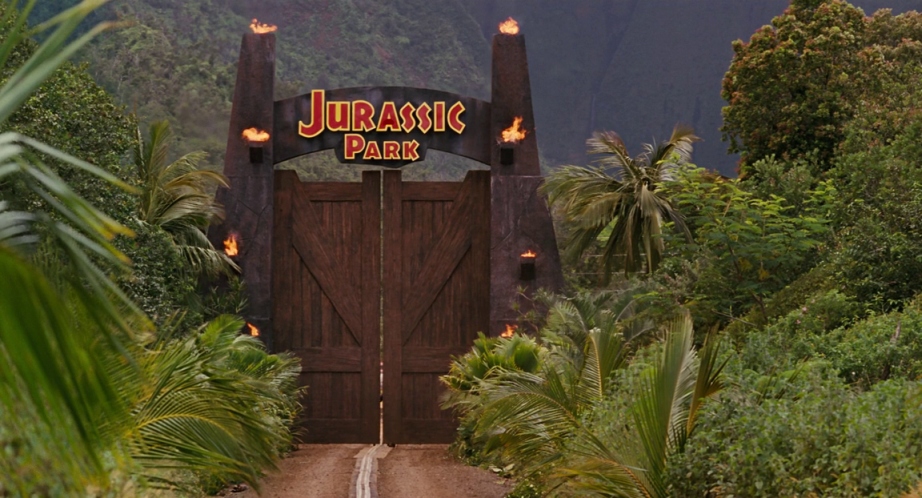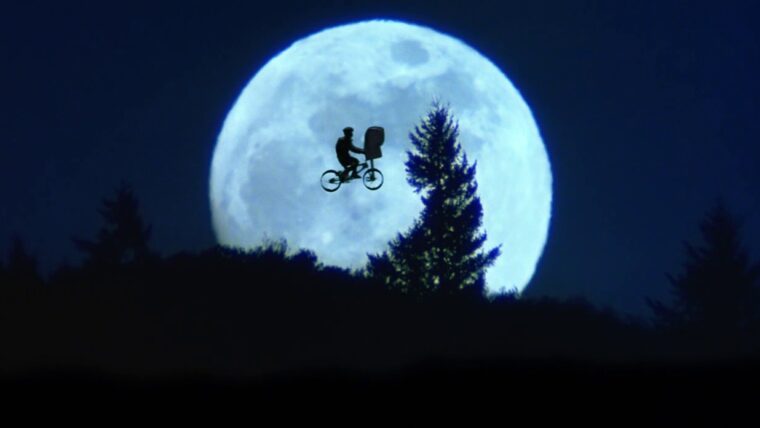The 1990s were a pivotal decade in cinema history, one that saw a radical transformation of the movie business. Filmmakers and studios started a voyage that would forever alter the landscape of filmmaking as the world entered the final decade of the 20th century. The 1990s were a pivotal decade in the development of cinema, with ground-breaking technology advances and a renaissance of storytelling inventiveness.
Filmmakers pushed the boundaries of what was possible on the silver screen throughout this amazing decade by daring to imagine bigger and braver. A new generation of independent filmmakers questioned established storylines and gave cinema new life as computer-generated imagery (CGI) altered the way we experience reality. Every aspect of the industry was impacted by the innovation spirit, from Disney’s rebirth of animation to Hollywood’s expansion throughout the globe.
We’ll examine the key events, the forward-thinking filmmakers, and the ground-breaking movies as we go further into the cinema of the 90s. These films not only defined an era, but also continue to influence how we view movies today. The 1990s had a profound impact on filmmaking, from the amazing CGI artistry of “Jurassic Park” to the narrative boldness of “Pulp Fiction,” from the revival of Disney animation to the creation of enduring film franchises.
The 90s saw a revolution in visual effects, thanks to the advent of computer-generated imagery (CGI). Films like “Jurassic Park” (1993), directed by Steven Spielberg, showcased the transformative potential of CGI. The creation of realistic dinosaurs in “Jurassic Park” stunned audiences and set a new standard for visual effects. James Cameron’s “Terminator 2: Judgment Day” (1991) also made history with its groundbreaking use of CGI in bringing the T-1000 character to life. These films paved the way for the extensive use of CGI in modern blockbusters, enabling filmmakers to visualize previously unimaginable worlds and creatures.

The 1990s marked the rise of independent filmmaking and the emergence of auteur directors who challenged conventional storytelling. Quentin Tarantino’s “Pulp Fiction” (1994) was a game-changer, with its non-linear narrative and sharp dialogue. It not only catapulted Tarantino to fame but also demonstrated the potential for unique storytelling in independent cinema. Kevin Smith’s “Clerks” (1994), a low-budget black-and-white film, showcased the power of relatable characters and witty dialogue. Richard Linklater’s “Before Sunrise” (1995) presented a simple yet emotionally rich narrative. These directors and their films inspired a new generation of storytellers and reshaped the indie film landscape.
The 90s witnessed a renaissance in animation, with Disney leading the way. Films like “The Little Mermaid” (1989), “Beauty and the Beast” (1991), “Aladdin” (1992), and “The Lion King” (1994) marked a return to traditional hand-drawn animation. Disney’s success in this era reinvigorated the animation industry. Concurrently, Pixar’s “Toy Story” (1995) introduced the world to the first feature-length computer-animated film. This groundbreaking achievement transformed animation and set the stage for the CGI boom of the 21st century, with franchises like “Shrek” and “Frozen” continuing the legacy.

The late 90s brought a revolution in home entertainment with the introduction of DVDs. These discs offered superior audio and video quality, interactive menus, and the ability to include special features. DVDs quickly replaced VHS tapes as the preferred format for movie enthusiasts and collectors. The increased storage capacity of DVDs also allowed for multiple language tracks and subtitles, making films more accessible to global audiences.
The 1990s marked the globalization of Hollywood, with studios producing films aimed at international audiences. James Cameron’s “Titanic” (1997) is a prime example, as it became a worldwide cultural phenomenon and the highest-grossing film of its time. “Jurassic Park” and its sequels also capitalized on global appeal. These films emphasized the importance of international box office earnings and set the stage for Hollywood’s continued focus on the global market.
The proliferation of the internet in the 90s transformed film marketing and distribution. Movie websites, online trailers, and social media campaigns became essential tools for promoting films and engaging with audiences. Additionally, the emergence of online ticket booking services streamlined the moviegoing experience. The internet enabled filmmakers to connect with fans directly and build anticipation for their projects, leading to a new era of digital marketing strategies.
The 90s witnessed the birth of several iconic film franchises that continue to dominate the industry. “Star Wars” returned with the “Special Editions” and the “Prequel Trilogy,” reigniting the passion of fans worldwide. “Jurassic Park” and “The Matrix” also established themselves as formidable franchises. These films not only generated substantial revenue but also laid the groundwork for the concept of expanded cinematic universes, a trend that persists in contemporary filmmaking.
While there was still much progress to be made, the 1990s marked a gradual shift towards increased diversity and representation in the film industry. Spike Lee’s “Malcolm X” (1992) provided a powerful portrayal of the civil rights leader, addressing important social and cultural issues. John Singleton’s “Boyz n the Hood” (1991) offered an authentic depiction of life in South Central Los Angeles. These films challenged stereotypes and paved the way for more nuanced and inclusive storytelling in the years to come.

As we look back on the cinematic revolution of the 90s, it becomes clear that this incredible decade left an enduring imprint on the film business, profoundly influencing its course. In addition to technology development, the 90s saw visionary cinema, cultural reinterpretation, and artistic experimentation.
The transformation that took place in the 90s was proof of the ability of film to uplift, amuse, and challenge the status quo. In this decade, independent voices gained a voice, filmmakers dared to dream large, and the frontiers of storytelling were stretched. The 1990s demonstrated the infinite potential of the medium, showcasing everything from the captivating visual effects of “Jurassic Park” to the sophisticated storyline of “Pulp Fiction,” from the everlasting enchantment of Disney’s animated classics to the universal appeal of Hollywood blockbusters.
The legacy of the 90s film industry is still influencing how we view movies today. Once a novelty, computer-generated imagery (CGI) is now a crucial component of filmmaking, enabling directors to create incredible worlds and creatures. Independent filmmakers continue to question norms and push the limits of storytelling, motivated by the success of Tarantino, Smith, and Linklater. Audiences of all ages are enthralled by the broad and dynamic medium that has emerged as animation. Hollywood now regularly focuses on the worldwide market, with foreign box office receipts frequently outpacing domestic ones.
Additionally, the internet has evolved into a crucial tool for connecting filmmakers with their fans and democratizing the marketing and distribution process. Modern film is dominated by franchises and expanding universes, which enable unprecedented levels of interwoven storytelling. Filmmakers continue to strive for more inclusive tales while diversity and representation, though still a work in progress, have gained momentum.
The 90s were a crucial decade in the development of cinema, laying the groundwork for the current state of the industry. This era’s inventions, ingenuity, and cultural influence are still felt today by viewers and filmmakers alike. We may look back on the 1990s as a time when the enchantment of cinema reached new heights and the future of filmmaking was irrevocably altered as we advance into the 21st century.



